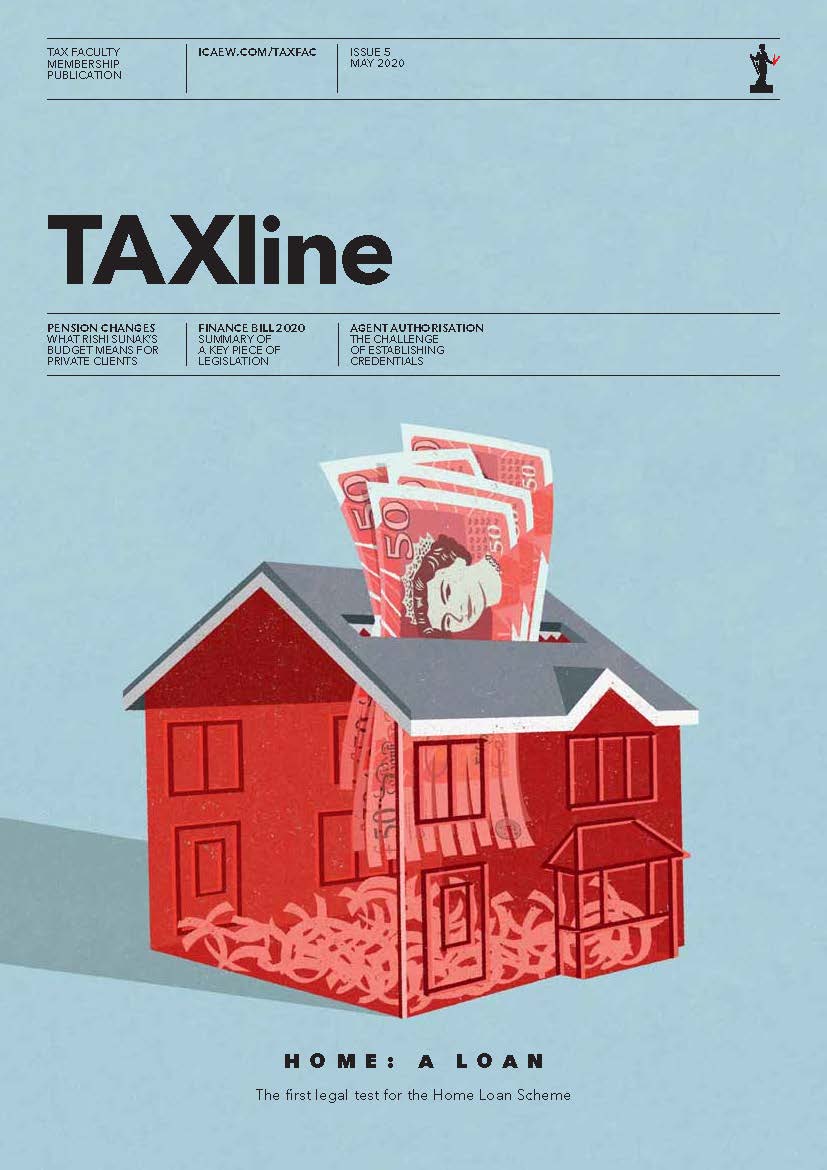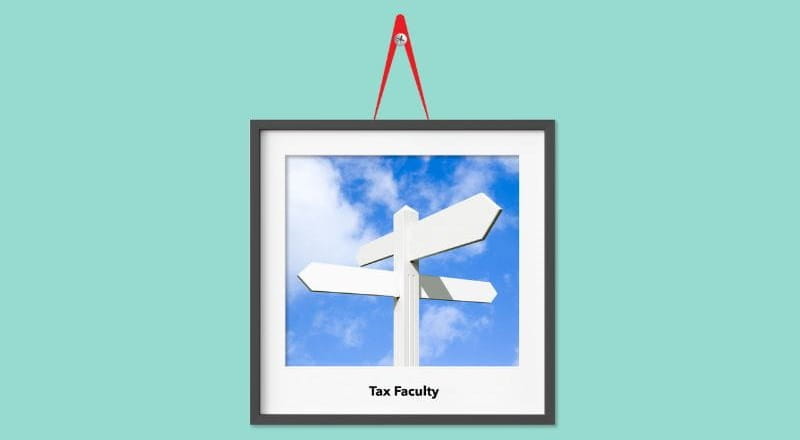As Artur Swistak and Rita de la Feria acknowledge in their recent International Monetary Fund (IMF) working paper, perhaps the greatest criticism that can be levelled at VAT is that it is regressive. In other words, it takes a higher percentage of money from those with a lower income than those with a higher income.
The traditional method
The traditional method to address this is to minimise the tax paid by low-income households through specific reliefs for everyday necessities or ‘essential’ supplies. This is achieved by exempting those items from VAT, or by charging VAT at a rate below the standard rate of 20%, while levying VAT at the standard rate on everything else.
Nowhere is the difficulty with this approach better illustrated than in the current VAT regime related to food. The legislation provides relief for food of a kind used for human consumption, unless it is supplied in the course of catering. There is then a list of excepted items, and exceptions to the exceptions.
Deciding whether an individual item is within the provision, the exception to the provision, or the exception to the exception is no easy matter. In addition, arguments regarding what might be considered a basic or essential food item, rather than a luxury or treat, have spawned a parade of newsworthy decisions relating to certain products including, of course, the wily Jaffa Cake.
It is therefore no surprise that the working paper reports there is extensive evidence that a regime based on exclusions has drawbacks beyond the obvious loss of revenue for the government. Difficulties in classifying products create additional costs and can result in apparently similar items being treated differently, distorting competition. There are increased opportunities for tax planning and avoidance, and increased compliance and administrative costs.
The modern approach
The modern approach, first championed in New Zealand in the 1980s, is to tax all supplies equally and to support those on lower incomes through the introduction of a welfare compensation system.
This method is designed to increase the efficiency of the VAT regime and reduce inequality, presenting a fairer outcome. Although considered technically superior, it can be more challenging politically. This may account for the relatively low uptake of this approach, and the use, instead, of hybrid structures that retain some traditional exclusions. Even in New Zealand, the political lure of exemptions could not be completely overlooked.
The proposal
The authors of the report therefore propose employing a single-rate, broad-based VAT, but providing real-time compensation to lower-income households. This, they say, addresses the regressivity inherent in the tax while minimising the political difficulties associated with a broad-based VAT.
Real-time technology has already been widely adopted across the world as an anti-fraud mechanism. It could be adapted, they argue, introducing a validation element, to be used as a distributive tool with lower-income households receiving a welfare transfer in real-time, at the time of purchase, to compensate for the VAT charged to them.
Real-time systems requiring the systematic reporting of business-to-consumer (B2C) transactions to data warehouses have already been successfully implemented in countries such as Israel, Portugal and Russia.
Furthermore, the pandemic has already accelerated the use of new technologies by tax administrations for welfare transfers. Mobile money, which allows value to be stored on a mobile phone and sent to others in a text message, has been successfully deployed in developing countries to carry out cash transfers to low-income individuals.
The authors suggest that the early success of these targeted programmes provides encouraging signs of what can be achieved.
A progressive VAT
The progressive VAT proposed in the IMF paper has three core design elements:
- full taxation of all consumption at a single VAT rate;
- payment of a compensation subsidy; and
- a digital mechanism that allows payment of this subsidy in real time, at the point of purchase.
A variety of options, in terms of payment methods and, critically, scope, are then possible, including whether the compensation should be targeted or universal, and the cut-off threshold for receiving compensation.
Three alternatives are explored in the paper:
- a simple cut-off threshold where households with income below a certain level do not bear any VAT regardless of what they consume (the true progressive VAT approach).
- a universal subsidy where all consumers receive VAT compensation equal to the amount of VAT charged on their purchases up to a threshold amount, regardless of what they buy; and
- a regime where all consumers receive a VAT subsidy equal to a threshold amount, regardless of income and what they consume.
The authors’ preferred option consists of a simple cut-off threshold with different levels of compensation. This would have a positive impact on reducing inequality while limiting the political cost. Real-time compensation would feel like an exemption rather than a welfare payment, reducing the welfare stigma.
The authors acknowledge, however, that new fraud risks would have to be considered. Also, it should be noted that the new technologies are extremely intrusive.
The way forward
Thanks to digital technologies, the authors conclude, it is now possible to design consumption taxes, including VAT, that are progressive, in a relatively straightforward way, without compromising efficiency or neutrality.
Clearly, making significant changes to the UK’s established VAT regime would be a far from easy task. However, the efficiency savings, compliance improvements and more equitable distribution demonstrated in the paper provide a compelling case for consideration and ample food for thought.
Angela Bedi, Senior Technical Writer, Croner-i Ltd
A longer version of this article appeared in TAXline, The ICAEW Tax Faculty members’ content hub.
Latest on VAT
The Tax Faculty
ICAEW's Tax Faculty is recognised internationally as a leading authority and source of expertise on taxation. The faculty is the voice of tax for ICAEW, responsible for all submissions to the tax authorities. Join the Faculty for expert guidance and support enabling you to provide the best advice on tax to your clients or business.



